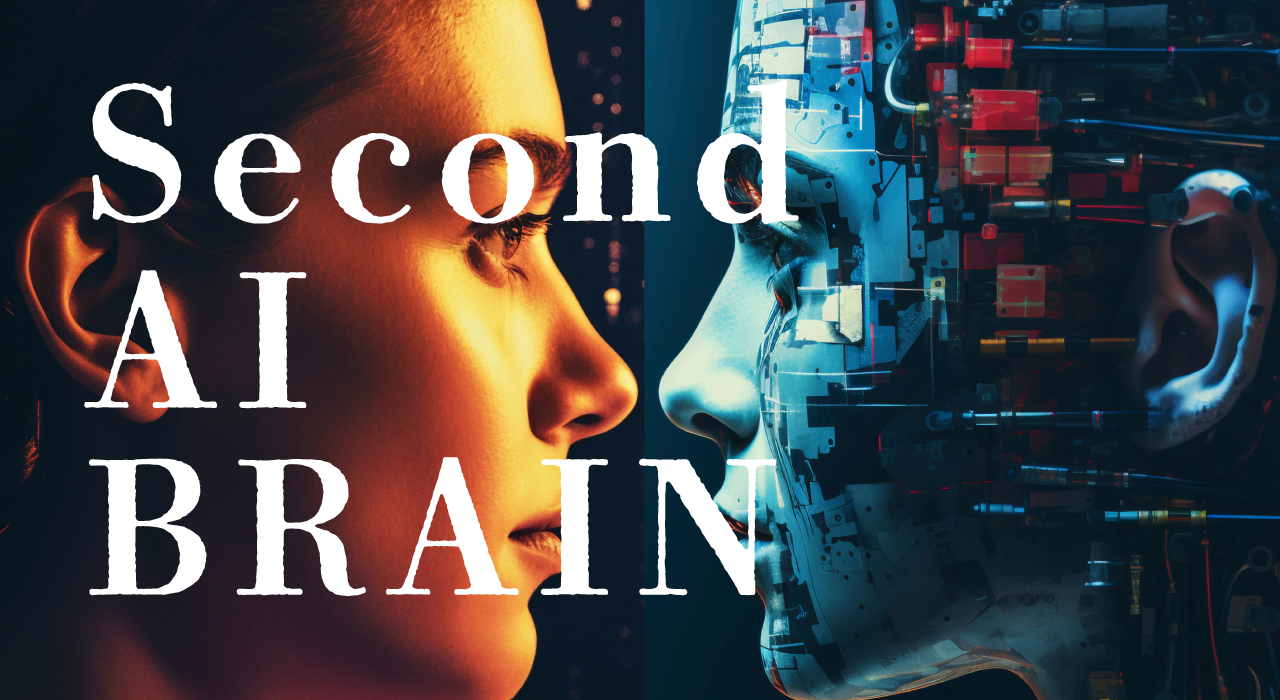
We live in an era where productivity isn’t just about doing more — it’s about thinking better, faster, and often… less.
With tools like ChatGPT, Notion AI, Mem, and even voice assistants gaining intelligence by the day, the concept of a “second brain” isn’t just digital anymore — it’s increasingly artificial.
But here’s the question:
If AI can store, retrieve, and even refine your thoughts…
At what point does thinking less become thinking worse?
Let’s explore the edge between offloading and outsourcing — and how to stay sharp in an age of machine-augmented minds.
We used to think of "second brains" as note-taking systems — Obsidian, Notion, Roam, Evernote. They helped store information, build knowledge, and connect ideas.
But now, AI can do things with that information:
AI is no longer a filing cabinet. It’s your brainstorming partner, your writing coach, your strategist, your researcher.
The upside? Insane leverage.
The downside? Possible intellectual dependency.
Here’s where AI as a second brain truly excels:
These aren’t shortcuts — they’re multipliers. But they come with a subtle danger...

Grammarly is an AI-powered writing assistant that helps improve grammar, spelling, punctuation, and style in text.

Notion is an all-in-one workspace and AI-powered note-taking app that helps users create, manage, and collaborate on various types of content.
When you rely on AI to fill in every blank, something odd starts to happen:
It’s like using a GPS for every drive: eventually, you forget how to navigate on your own.
Cognitive muscle atrophies when it’s never stressed.
The goal isn’t to stop using AI — it’s to use it wisely. Here’s how:
Write your rough idea before asking AI for help. It forces you to articulate your own thinking. Then use AI to refine, contrast, or stress-test it.
Don’t just accept the first answer AI gives. Push back. Ask “why?”, “what’s the opposite of this?”, or “what would a contrarian say?”
Do a few reps of idea generation without tools. It’s like lifting weights without a spotter — it builds raw mental strength.
Let AI offer viewpoints, not make decisions. Keep it as a lens, not a leader.
Here’s the paradox: the best use of AI isn’t to think for you — it’s to free up space so you can think more deeply.
To offload the trivial, so you can wrestle with the meaningful.
Your first brain is still your best one.
But your second brain? It just might be your sharpest edge — if you train both.

